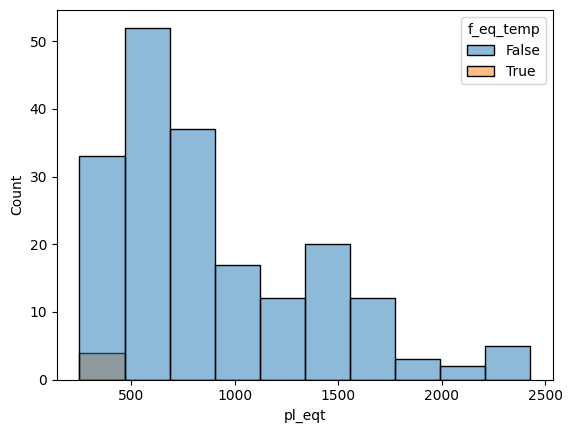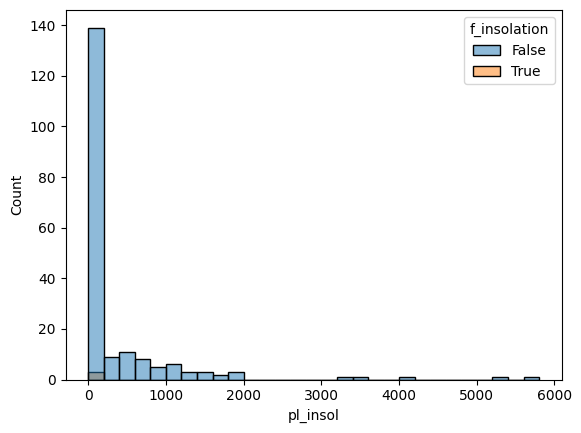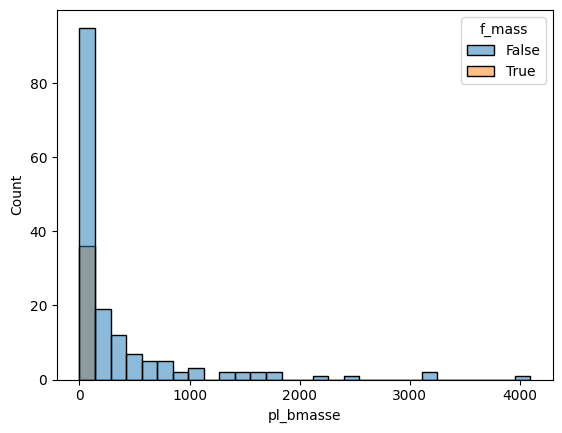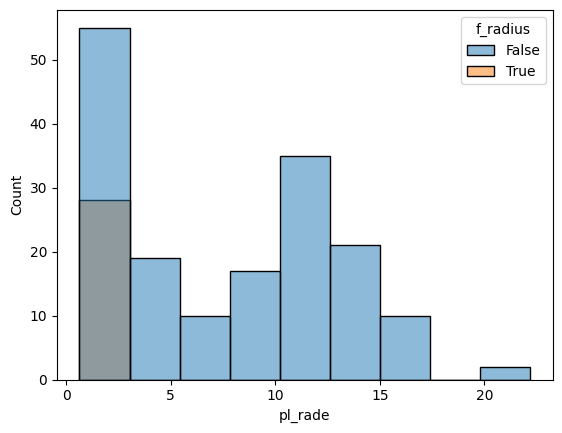
The Search for a Second Earth
Exploring exoplanets with Earth-like characteristics
Our Methodology
Our Methods
A rigorous, data-driven approach to identifying potentially habitable exoplanets
Systematic Screening Process
We employ a systematic screening process based on six critical parameters that determine a planet's potential to support life. Each threshold is carefully calibrated to identify worlds within the habitable zone—where liquid water could exist and conditions might be suitable for life as we know it.
Part 1: Screening Criteria
Six Key Variables
Each parameter plays a crucial role in determining planetary habitability. These thresholds filter our dataset to identify the most promising candidates.
Planetary Radius
The radius of the planet as a ratio to Earth's radius. Dictates gravity, atmospheric pressure, and the state of water on a planet.
Keeps gravity and pressure within a band where liquid water persists and atmospheres remain stable without crushing biospheres.
Planetary Mass
The mass of the planet as a ratio to Earth's mass. Determines the ability to maintain a magnetic field, terrestrial state, and maintaining an atmosphere.
Balances tectonic activity and magnetic shielding; lighter planets lose air, heavier ones risk turning into mini-Neptunes.
Stellar Insolation
The amount of light the planet receives compared to Earth per square unit on average. This indicates the climate on the planet.
Too little light freezes oceans; too much drives runaway greenhouse feedbacks. This band keeps climates temperate.
Equilibrium Temperature
Estimate of average temperature based on star distance and insolation. Can help to determine surface temperature and cooling or reflection.
Anchors median surface temperatures near water's triple point—critical for sustaining liquid reservoirs.
Stellar Effective Temperature
The surface temperature, flares, and wavelength. Can help determine the radiation stability.
Targets main-sequence stars mellow enough to avoid sterilizing flares yet bright enough for photosynthesis-compatible spectra.
Orbital Eccentricity
The sensitivity of the seasons and climate through the orbit. Lower values can give more stable bodies of water and climate, preventing huge swings or collapses.
Limits seasonal extremes so oceans avoid boiling/freezing cycles as the world sweeps around its star.
Part 2: Data Analysis
Distribution Patterns
These histograms reveal how our screening thresholds shape the dataset. Each chart illustrates the distribution of a key variable across filtered planets.

Orbital Eccentricity Distribution
Most viable planets cluster below e = 0.1, underscoring the preference for nearly circular orbits that stabilize climate swings.

Equilibrium Temperature
A broad peak around 240–270 K indicates temperate worlds; tails on either side illustrate the edges of the habitable comfort zone.

Stellar Insolation
Energy input stays within a narrow corridor—evidence that our thresholds filter out runaway greenhouse or snowball candidates.

Planetary Mass
The distribution favors super-Earth masses under 5 M⊕, supporting worlds heavy enough to keep atmospheres but light enough to stay rocky.

Planetary Radius
A steep drop beyond 1.6 R⊕ shows where planets transition toward mini-Neptunes—our cut keeps the sample terrestrially biased.

Stellar Effective Temperature
Cool K- and warm G-type hosts dominate, pointing to stars that balance longevity with spectral quality.
Part 3: Results
Screening Results
Statistics showing how many planets pass or fail each screening criterion. A planet must meet all thresholds to be considered potentially habitable.
| Variable | Pass | Fail |
|---|---|---|
| Planetary Radius | 169 | 28 |
| Planetary Mass | 161 | 36 |
| Stellar Insolation | 194 | 3 |
| Equilibrium Temperature | 193 | 4 |
| Stellar Effective Temperature | 167 | 30 |
| Orbital Eccentricity | 167 | 30 |
Explore Further
Ready to Dive Deeper?
Explore our curated planet collection or download the datasets to conduct your own analysis.
Explore Featured Planets
Browse our curated collection of potentially habitable exoplanets with detailed metrics and synthetic variations.
Download Data
Access our datasets to validate screening thresholds or conduct your own analysis.